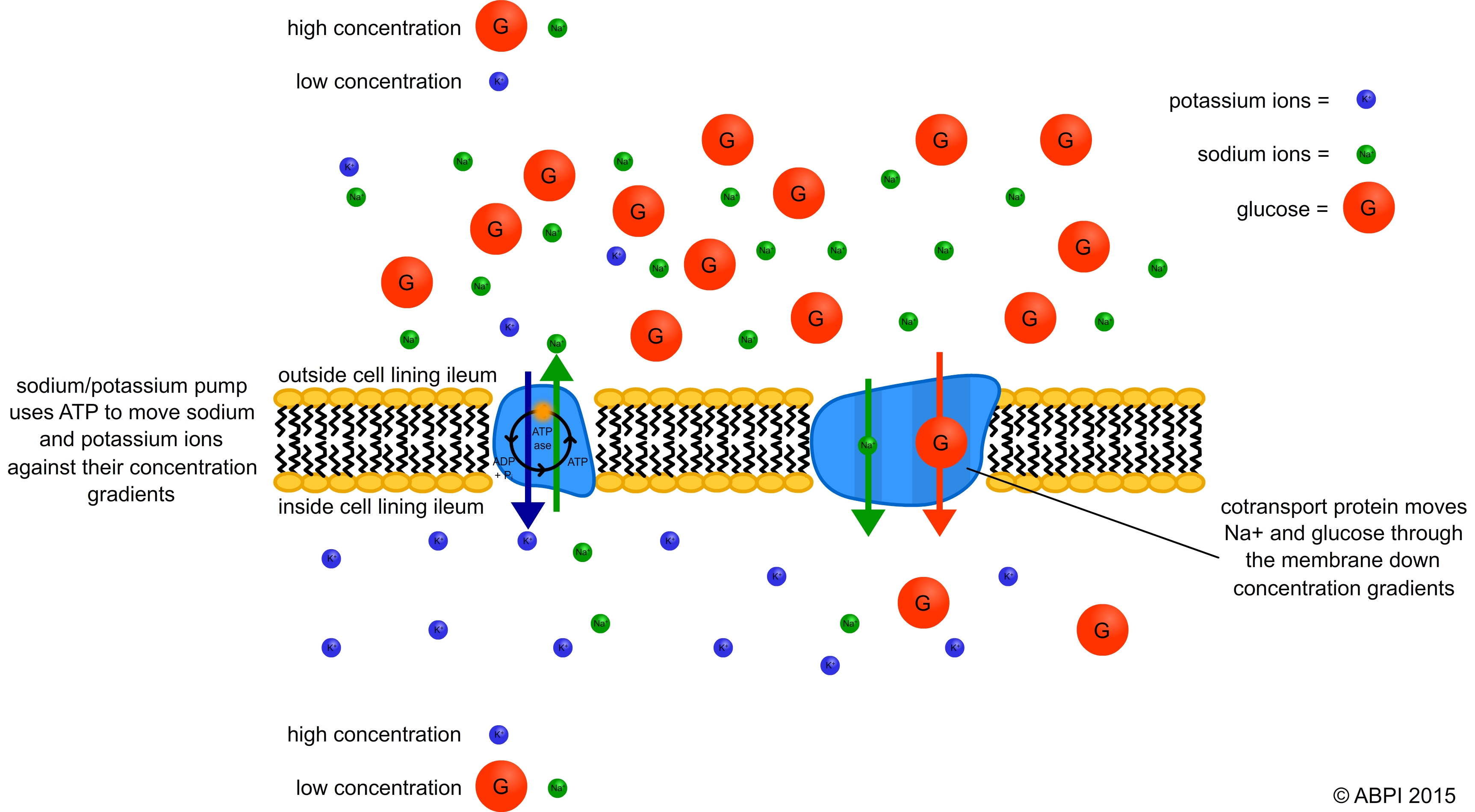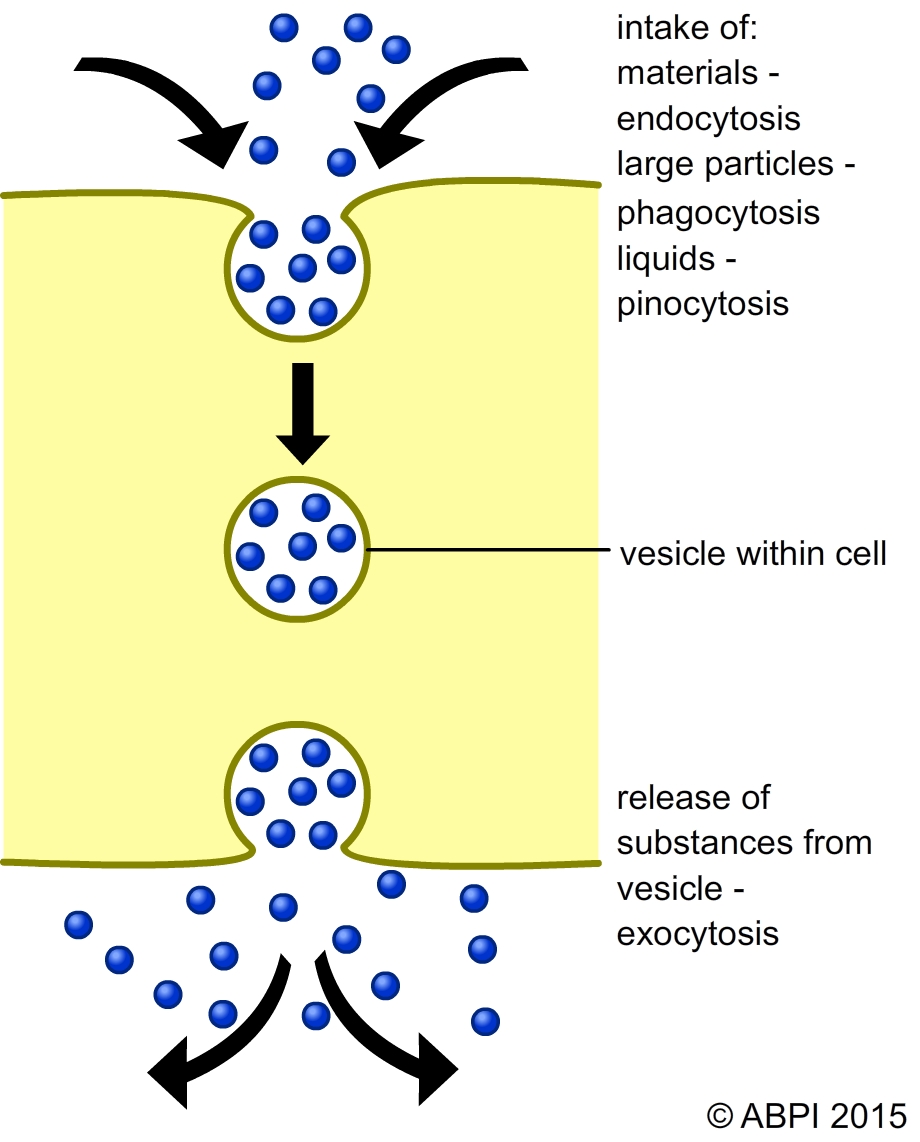This topic takes on average 55 minutes to read.
There are a number of interactive features in this resource:
 Biology
Biology
Some molecules cannot be moved across the membrane without using ATP which is produced in cellular respiration.
The movement of substances across the cell surface membrane or internal cell membranes against a concentration gradient. Active transport involves carrier proteins linked to the enzyme ATPase and the hydrolysis of ATP. The hydrolysis of ATP is used to move the carrier system through the membrane, or to release the transported substance and return the carrier to its normal position and shape.
Active transport is a one-way system – the carrier will only carry a particular substance in one direction, into or out of a cell or organelle. Active transport can move substances faster in one direction than they can move back in the other direction by diffusion or facilitated diffusion.

A form of transport where the movement of one molecule or ion into a cell or organelle is linked to the passive movement of another molecule or ion. The other substance is moved in the same direction.
For example sodium ions and glucose molecules are moved from the ileum into the cells lining the ileum together down concentration gradients:

A process used when a cell needs to take in material. The material may be solid – for example when white blood cells engulf bacteria or dead cells – or liquid.
The membrane flows around the large particle and seals it within a membrane-bound vesicle, taking it into the body of the cell. This is known as phagocytosis. A cell may also take in tiny amounts of liquid – this is known as pinocytosis.
Both phagocytosis and pinocytosis depend on the fluid mosaic structure of the membrane and require energy from ATP.
The emptying of membrane-bound vesicles at the surface of a cell, or elsewhere in the cell – for example when neurotransmitter molecules are released at the presynaptic membrane of a synapse or when hormones are released by glands.
The formation of the vesicles to carry the contents to the cell surface membrane and the fusing of the vesicle with the outer membrane to release the contents require ATP.

Animation showing active transport, cotransport, endocytosis and exocytosis: